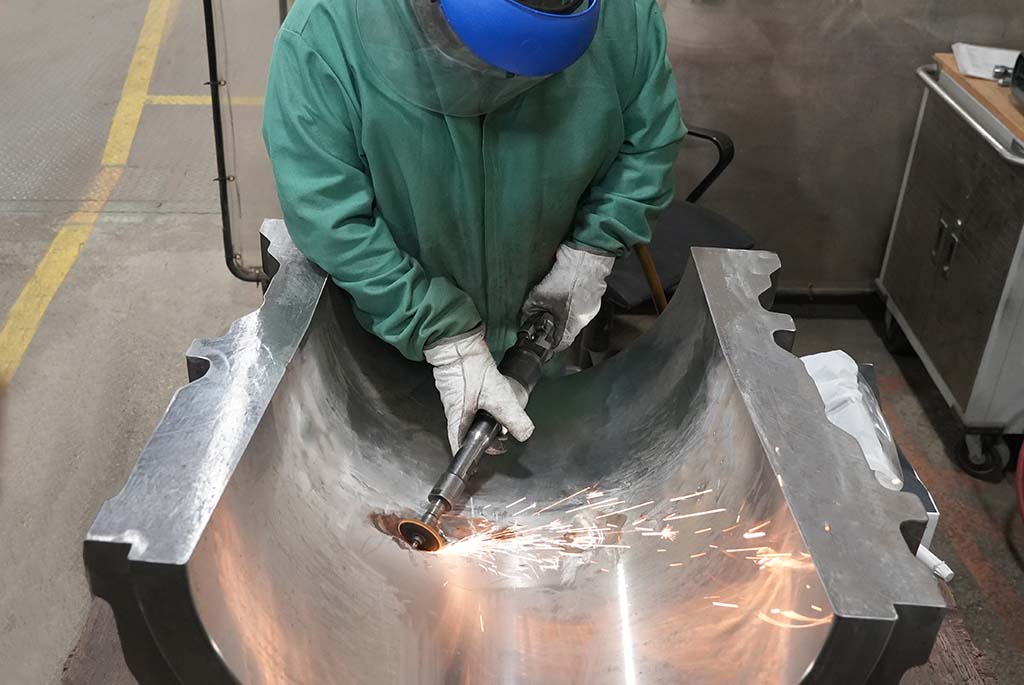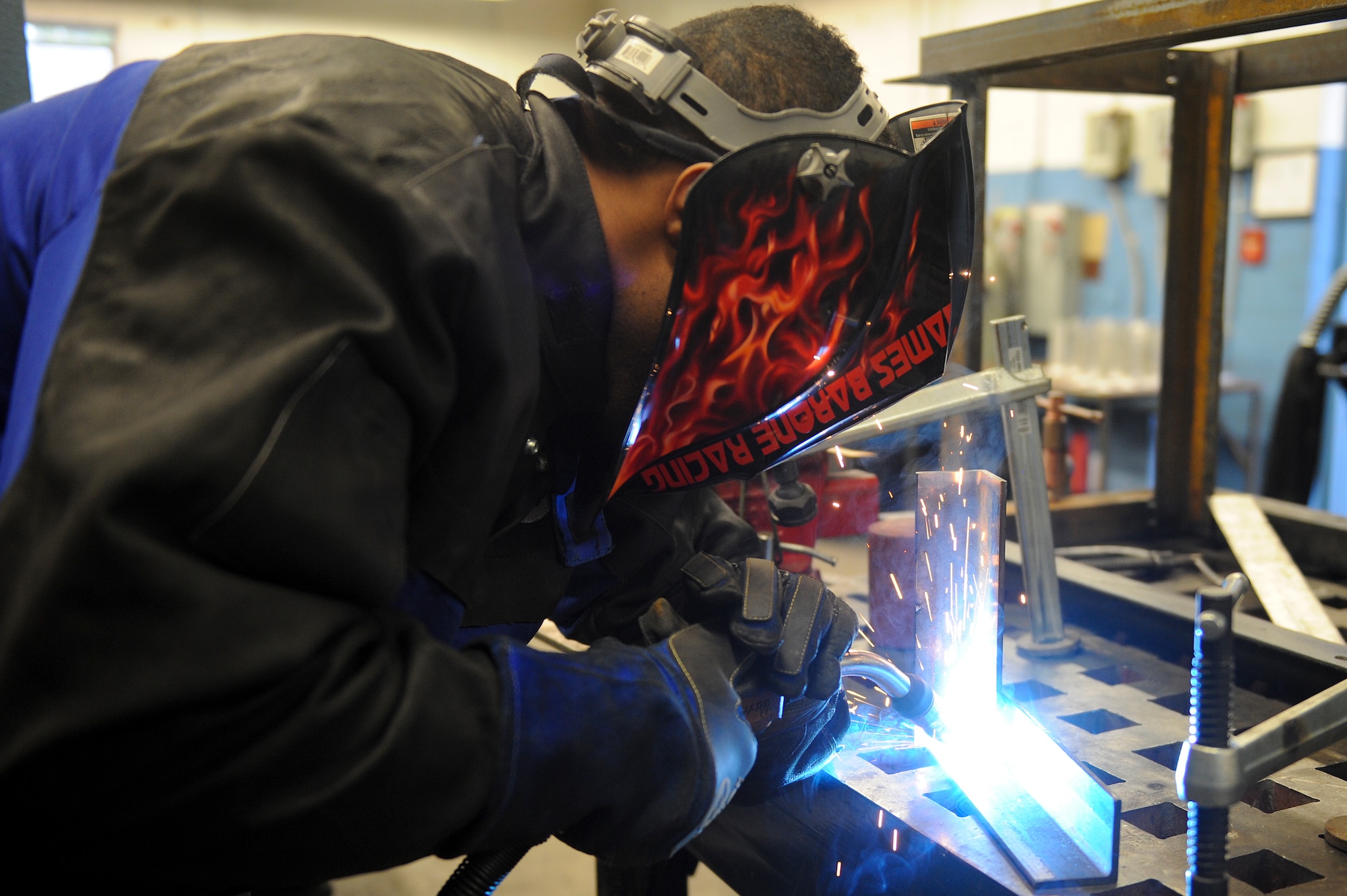Usual Welding Fixing Issues and Exactly How to Address Them Effectively
Welding fixings frequently experience a range of concerns that can threaten the honesty of the final item. Usual troubles include inadequate penetration, porosity, and misalignment, amongst others. Each problem provides unique difficulties that need specific techniques for resolution. Recognizing these issues is essential for welders aiming to boost their outcomes and skills. This conversation will certainly discover these usual welding repair issues and efficient methods to resolve them.
Insufficient Infiltration
Poor penetration happens when the weld metal falls short to fully fuse with the base material, resulting in weak joints and potential architectural failings. This issue often comes from insufficient warmth input, incorrect electrode angle, or improper welding speed. Welders might come across insufficient penetration as a result of a mistake of the needed criteria for a specific product thickness or kind. Furthermore, contamination on the base product's surface area can hinder efficient bonding, aggravating the problem. To deal with poor infiltration, welders ought to ensure suitable settings on their devices and keep a clean work surface area. Regular evaluation of welds is advised to identify any type of shortages early, enabling prompt modifications and the prevention of endangered architectural honesty in welded settings up.
Porosity
Porosity is a typical flaw in welded joints that manifests as little gas bubbles trapped within the weld metal. This issue can compromise the stability of the weld, bring about lowered stamina and prospective failure under stress and anxiety. Belgrade Welding. Porosity commonly arises from contamination, moisture, or improper welding techniques, which permit gases to leave right into the liquified weld pool. To attend to porosity, welders must ensure appropriate surface area preparation, keep a tidy functioning atmosphere, and make use of suitable welding criteria. In addition, picking the right filler material and protecting gas can minimize gas entrapment. Regular inspection and testing of welds can help determine porosity early, guaranteeing timely corrective actions are taken, thereby maintaining the top quality and integrity of the bonded framework
Misalignment
Misalignment in welding can arise from numerous variables, including improper configuration and thermal expansion. Understanding the origin is necessary for reliable resolution. Several modification strategies are readily available to straighten parts and ensure structural honesty.
Sources of Misalignment
Welding imbalance frequently originates from a selection of underlying concerns that can endanger architectural stability. One key cause is incorrect fit-up of components prior to welding, which can bring about gaps and uneven surface areas. Variations in thermal growth throughout the welding process can likewise lead to distortion, specifically if the materials being joined have different coefficients of development. Furthermore, inadequate clamping and fixturing may stop working to hold parts safely in area, leading to motion during welding. Improperly conserved equipment, consisting of welding machines and devices, might introduce incongruities in the weld grain, additional contributing to misalignment. Operator error, stemming from inadequate training or experience, can likewise play a substantial role in developing misaligned welds.

Adjustment Methods Readily Available
Attending to misalignment efficiently needs a mix of rehabilitative strategies tailored to the particular issues at hand. One typical technique is making use of components or jigs to hold components in the correct setting during welding, making sure constant alignment. Furthermore, pre-heating the materials can help in reducing distortion and improve fit-up. For substantial misalignment, mechanical adjustment techniques, such as utilizing hydraulic jacks or clamps, can be utilized to remedy the placement before welding. Post-weld warmth therapy might additionally be necessary to alleviate tensions brought on by imbalance. Mindful examination and adjustment throughout the arrangement stage can stop misalignment issues from becoming substantial troubles, advertising a smoother welding procedure and enhancing general structural integrity.
Distortion
Distortion is a typical obstacle in welding that can arise from different aspects, including uneven heating and air conditioning. Understanding the reasons for distortion is necessary for applying efficient avoidance strategies. Resolving this issue not only enhances structural integrity yet likewise enhances the overall top quality of the weld.
Reasons for Distortion
When based on the intense heat of welding, materials usually undertake changes that can cause distortion. This phenomenon mostly occurs from thermal development and tightening throughout the welding procedure. As the weld location warms up, the product broadens; upon air conditioning, it gets, which can produce inner stresses. In enhancement, unequal heating across a workpiece can intensify these tensions, leading to bending or bending. The sort of material additionally plays a significant duty; metals with differing thermal conductivity and coefficients of growth may respond in different ways, bring about uncertain distortions. Bad joint layout and poor fixturing can contribute to misalignment during welding, boosting the chance of distortion. Recognizing these causes is vital for reliable welding repair work and prevention techniques.
Avoidance Techniques
Reliable prevention strategies for distortion throughout welding concentrate on regulating heat input and ensuring proper joint design. Preserving a consistent warmth input aids to decrease thermal growth and tightening, which can cause distortion. Utilizing techniques such as preheating the workpiece can additionally decrease the temperature slope, advertising consistent heating. In addition, choosing ideal joint layouts, such as T-joints or lap joints, can improve security and lower stress and anxiety focus. Applying appropriate fixturing to safeguard the work surfaces in position better help in preserving positioning during the welding process. Staggered welding series can distribute warm extra evenly, protecting against local distortion. By using these methods, welders can significantly lower the possibility of distortion and boost the total top quality of their welds.
Breaking
Cracking is an usual problem run into in welding repair services, typically arising from numerous factors such as improper cooling rates, product selection, or poor joint preparation. The occurrence of cracks can significantly jeopardize the stability of the weld, causing potential failings during procedure. To address this concern, welders have to initially assess the source, ensuring that materials work and appropriately chosen for the particular application. In addition, managing the cooling rate during the welding procedure is vital; quick cooling can cause anxiety and result in breaking. Correct joint design and prep work additionally add to reducing the threat. Carrying out these strategies can boost weld high quality and sturdiness, inevitably minimizing the likelihood of breaking in ended up weldments.

Insufficient Blend
A considerable concern in welding repair work is incomplete combination, which takes place when the weld steel does not appropriately bond with the base material or previous weld passes - Montana Mobile Welding and Repair Welding. This defect can cause weaknesses in the joint, potentially jeopardizing the honesty of the bonded framework. Variables adding to insufficient fusion consist of not enough warmth input, incorrect welding method, and contamination of the surfaces being signed up with. To resolve this problem properly, welders should guarantee proper pre-weld cleansing and surface area prep work, along with readjust their welding parameters to accomplish sufficient penetration and fusion. Routine discover here evaluation throughout the welding process can likewise assist recognize incomplete blend early, permitting for prompt rehabilitative measures to improve the overall quality of the weld
Overheating
While welding repair services can enhance structural integrity, overheating offers a considerable obstacle that can result in product degradation. Too much warmth during welding can modify the mechanical residential this content or commercial properties of steels, resulting in decreased stamina, boosted brittleness, and bending. This sensation is particularly crucial in high-stress applications where structural dependability is paramount. Determining getting too hot can include visual examinations for staining or distortion, as well as keeping an eye on temperature throughout the welding procedure. To minimize the dangers connected with overheating, welders ought to utilize appropriate methods, such as regulating warmth input, adjusting traveling rate, and using suitable filler products. In addition, implementing pre- and post-weld heat treatments can assist bring back product residential or commercial properties and enhance the total high quality of the repair service, guaranteeing long-term efficiency and security.
Often Asked Concerns
What Are the Typical Indications of a Welding Flaw?

Exactly How Can I Check My Welds for Quality?
To evaluate welds for quality, one can use visual examinations, ultrasonic testing, and radiographic approaches. Each method ensures architectural honesty, identifies problems, and confirms adherence to defined standards, ultimately improving the integrity of the bonded joints.
What Safety and security Preventative Measures Should I Take While Welding?
When welding, one must focus on safety by using proper individual protective tools, guaranteeing appropriate ventilation, protecting combustible materials away, maintaining a clean work space, and knowing surroundings to avoid accidents and injuries.
Can I Fix a Weld Without Renovating the Entire Joint?
Fixing a weld without renovating the entire joint is feasible, depending on the damages (Belgrade Fabrication). Strategies such as grinding, including filler material, or utilizing a welding process can properly attend to specific problems while protecting the Clicking Here bordering framework
What Tools Are Necessary for Reliable Welding Fixes?
Vital devices for effective welding repairs include a welding device, wire brush, grinder, safety gear, clamps, and filler products. Each tool plays an essential role in making sure quality and safety and security during the repair service procedure. Porosity normally arises from contamination, moisture, or incorrect welding strategies, which permit gases to leave into the molten weld swimming pool. Badly conserved tools, including welding devices and tools, might present incongruities in the weld grain, further contributing to misalignment. When subjected to the extreme warmth of welding, products commonly undergo changes that can lead to distortion. Cracking is a common issue encountered in welding repair work, commonly resulting from various factors such as improper air conditioning prices, material selection, or poor joint preparation. A significant problem in welding fixings is incomplete combination, which occurs when the weld steel does not appropriately bond with the base product or previous weld passes.